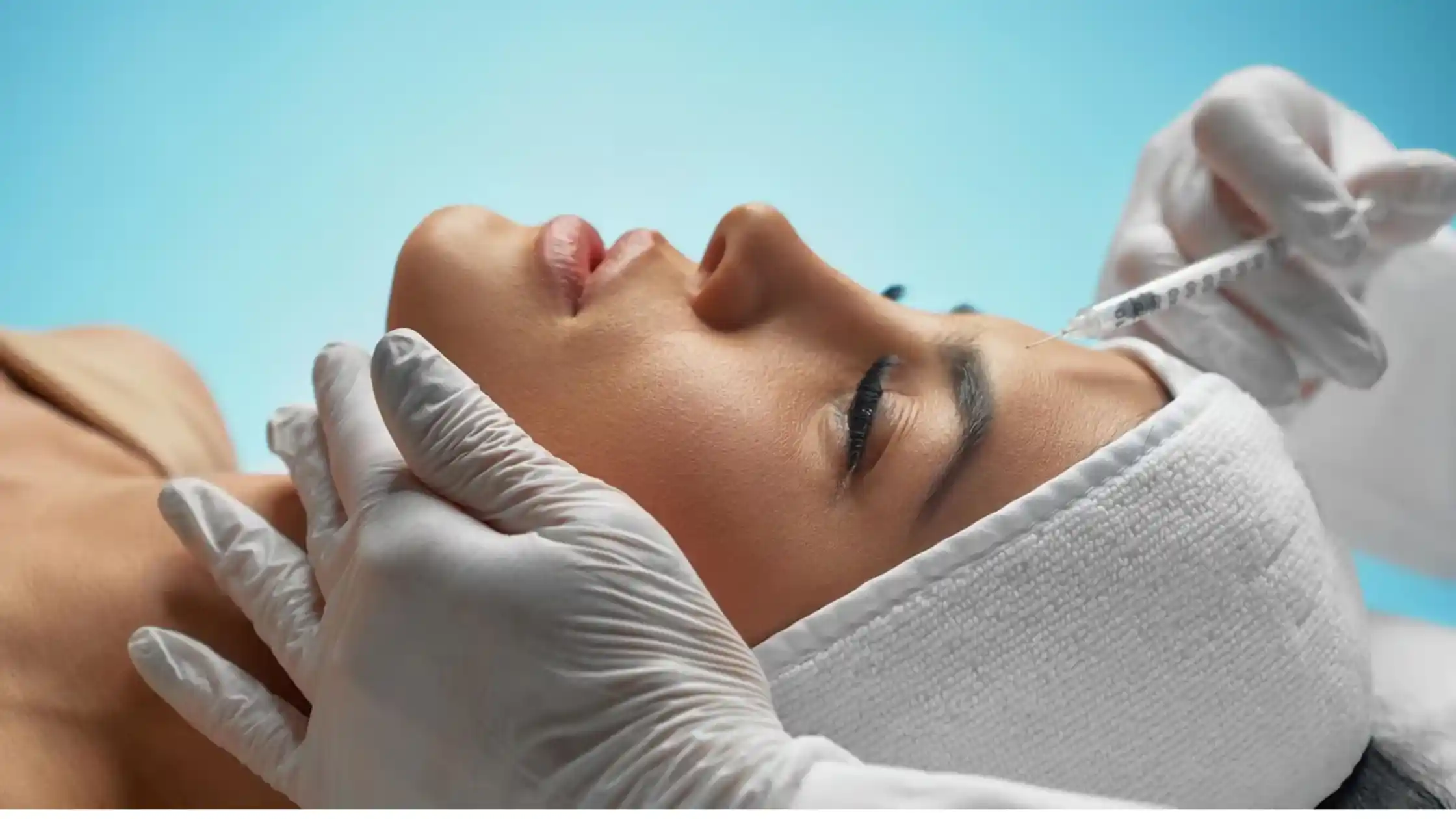Living with Morphea: The Intricacies of a Rare Skin Disorder

Morphea is an uncommon autoimmune skin condition, revealing its presence by causing painless but visible patches of skin. These patches typically appear on the chest, abdomen, back, limbs, and the back and sometimes around the eyes. The process of Morphea is more than just discoloration because the affected patches slowly transform into dry, firm, and smooth patches. Although Morphea is primarily focused on the outer layer of skin, some forms go into deeper tissues, which could end up affecting the mobility of joints.
The Tapestry of Morphea: Unraveling its Characteristics
Morphea paints a diversified image, with the onset being marked by small patches that display various shades, which range in color from blue to white. While these patches are not usually associated with pain, the emotional burden on people can be a significant one. The psychological effects of Morphea, coupled with the unpredictable character of this condition, emphasize the importance of a holistic approach to managing that encompasses both emotional and physical well-being.

The Emotional Journey of Morphea
Living with Morphoea extends beyond physical issues. The visible changes to the skin can affect one’s self-esteem as well as mental health. Understanding the process of emotional change is essential for people as well as their support networks. Strategies for coping and a positive attitude are essential to dealing with Morphea’s challenges.
Coping Strategies: Nurturing Resilience in the Face of Morphea
1. Building a Support System
The Morphoea community gains strength from unity. Forums on the internet, as well as local support groups and advocacy groups, offer opportunities for people to share their experiences, share coping strategies, and offer mutual support.
2 Embracing Self-Care
The creation of a customized self-care routine is a key element in preventing the appearance of Morphoea. Simple skincare techniques, paired with protection measures against environmental toxins, help maintain the overall health of your skin.
3. Prioritizing Mental Health and Wellness
Recognizing the emotional aspects associated with Morphoea is essential. The assistance of a mental health professional gives people the tools they need to face challenges while also fostering strategies for dealing with them and building up their resilience.
4. Educating Yourself
The power of knowledge is a key tool for understanding the Morphoea journey. Knowing the triggers for potential issues, recognizing aggravating factors, and staying updated on the available treatment options allow patients to be active participants in their treatment.
Treatment Landscape: Addressing Morphea Holistically
1. Topical Treatments
Dermatologists often prescribe topical corticosteroids or inhibitors to control inflammation and skin discoloration caused by. Morphological assessments are designed to reduce symptoms and improve the appearance of areas affected.
2. Phototherapy
The controlled exposure of the skin to ultraviolet (UVA) (UVA) or UVB (UVB) radiation, also known as phototherapy, can be an effective treatment for decreasing skin lesions and aiding the healing process for Morphoea cases.
3. Physical Therapy
In situations in which Morphea extends into joints and tissues that are deeper, Physical therapy is a key component. Specific exercises increase flexibility, ease joint stiffness, and limit movement.
4. Immuno Suppressants and DMARDs
For serious Morphoea instances, immune-suppressive medication, as well as Disease-Modifying Antirheumatic Drugs (DMARDs), could be suggested. These medications alter the immune response and target the root causes of morphea.
Beyond Morphea: Embracing Life’s Journey
Living with Morphoea requires a holistic strategy that goes beyond just managing symptoms. Strategies for coping that are effective, as well as a wide range of treatments and a resilient mindset, can help individuals manage the complexity of Morphea, encouraging optimism, well-being, and a focus on overall well-being.








